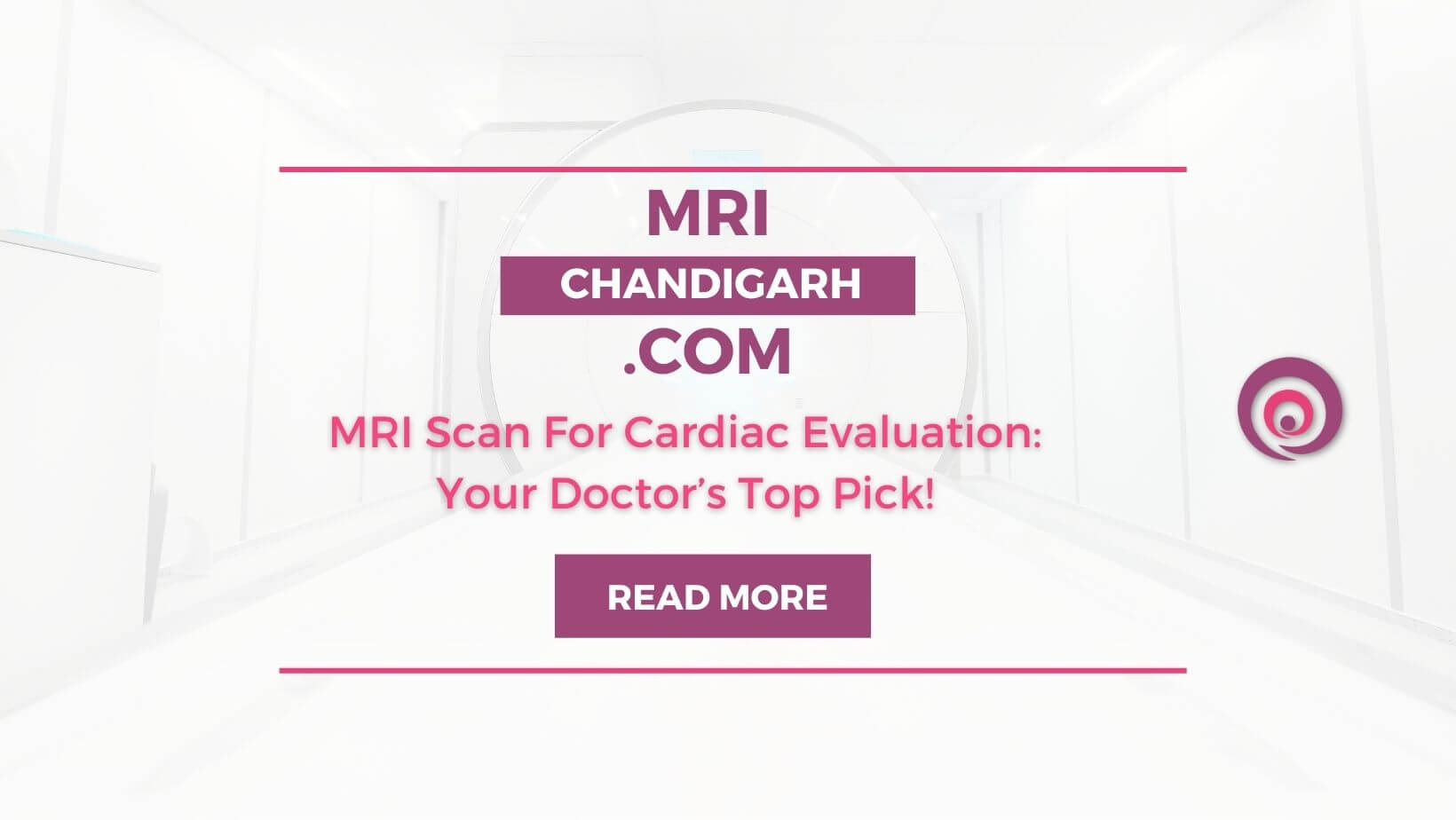MRI Scan For Cardiac Evaluation: Your Doctor’s Top Pick!
Whether to fetch high-resolution images of your cardiac structure or gather precise information about cardiac function, myocardial viability, or electrical activities, an MRI scan is your doctor’s top pick for diagnosis and disease management.
In fact, experts often say that an MRI scan for cardiac evaluation is a gold-standard technique in medical science and the healthcare industry.
Why so?
Let’s discover down the line!
What is a Cardiac MRI and What Happens During This Scan?
Magnetic Resonance Imaging, or shortly, MRI, is a non-invasive nuclear imaging modality that uses strong magnetic fields and computer-generated radio waves to undergo cardiac evaluation.
The MRI scan takes place in a radiology lab under the guidance of an expert radiologist. While you enter the lab, you shall see a large scanner machine, semi-circular in shape, somewhat like a tube. And there’s a bed attached to the machine which takes you inside it for the test.
Then, the scanning starts! The magnets attached to the walls of this scanner start their game, influencing the protons in your body, herein; your cardiac region, to leave their position and set out. Meanwhile, the radio waves track their movements and send signals to the computer thereafter, mapping the cardiac images on the screen.
Sometimes, the images may lack clarity, and the radiologist sitting in front of the screen may be unable to make a proper cardiac evaluation. That is when they opt for contrast administration. It is; nothing but a contrast material or dye injected into your veins to ensure better visual clarity.
After the contrast administration, the same Visual mapping process repeats until the radiologist is satisfied with the images extracted. While the scan happens, they may even ask you to stay still or hold on to a particular position. And you must follow as said!
What is the Pursuit of An MRI Scan for Cardiac Evaluation?
Well,
An MRI scan can help detect a variety of cardiac diseases, from coronary heart diseases to congenital (birth) anomalies, such as a hole in the heart chamber. It offers detailed images of your heart and the blood flow, thereupon; encouraging proper assessment of your cardiac structures and functions.
Here go some significant aspects of cardiac evaluation that an MRI scan can help you with:
Cardiac Structure
MRI scans render high-resolution images of your heart chambers, valves, and blood vessels. As a result, your doctors can identify structural abnormalities like ventricular septal defects, valve diseases, tumors, and a myriad more.
Cardiac Function
An MRI helps assess how well your heart pumps blood or, what we call, ejection fraction. Hence, your doctors can measure the volume of blood pumped out while your heart beats each time, thereby diagnosing conditions like heart failure.
Myocardial Viability
If you have ischemic heart disease or heart attack, an MRI scan helps determine the viability of your heart muscles. Corollary to this, your doctor can distinguish between scar tissue and healthy myocardium and conduct appropriate treatment accordingly.
Perfusion Studies
An MRI scan helps examine the blood flow to the heart muscle, revealing areas with reduced blood supply or ischemia. For this reason, your MRI may involve contrast agents that ensure clear visibility of perfusion patterns.
Cardiac Masses and Tumors
With high sensitivity towards soft tissues, an MRI can help accurately locate and characterize cardiac masses, whether a tumor, cancer, or thrombi (i.e., blood clots). This, in turn, can help your doctors determine the disease stage and suitable treatment.
Cardiac Electrophysiology
Doctors also use MRI scans combined with another specialized technique to study your heart’s electrical activity, such as Electrocardiography (ECG). Perhaps, it allows your doctor to detect abnormal electrical pathways associated with cardiac conditions like arrhythmias.
Why Do Doctors Prefer An MRI scan For Cardiac Evaluation And Other Scans?
The primary reason for your doctor to prefer an MRI scan for cardiac evaluation is, indeed, the detailed and comprehensive anatomy images it can offer. However, there are two crucial determiners for such a preference. They are as follows.
Safety Reasons
An MRI is safe as a nuclear imaging test. It neither involves any ionizing radiation dosage like a CT (Computed Tomography) scan or X-ray. Nor does it require any wear and tear to your body like a Biopsy!
In fact, research studies show that an MRI scan can eliminate the need for an unnecessary biopsy to assess cancers in your heart.
You do not have any further health complications that you may be at risk of after a CT or X-ray. No room for kidney damage or escalation of your heart condition!
Diagnostic Values
MRI scans are much high in diagnostic values as compared to other nuclear imaging modalities. It is around –
- 95% sensitivity and specific in screening coronary artery disease, as compared to a CT scan which holds; 90% sensitivity and 94% specificity, respectively,
- 98% accuracy in differentiating between a benign and malignant cardiac tumor, while a CT has only 96% accuracy for the same,
- 99% accurate in differentiating between a cardiac tumor and a thrombus (blood clot),
- 90% accurate in diagnosing ventricular septal defects, and so forth!
Final Remarks:
So, an MRI scan certainly tends to find a top place in your doctor’s preference for cardiac evaluation. However, you need to note that this scan is not the first-line imaging modality to diagnose all cardiac conditions.
Sometimes, like in the case of heart attacks, a CT scan can get the top preference, as it’s quicker and serves with greater diagnostic accuracy.
Your doctor’s choice of imaging technique depends on the specific clinical situation, and your healthcare provider will determine the most appropriate approach for your individual case. Your job is to follow what your doctor says and prescribes.
Did your doctor recommend a Cardiac MRI in Chandigarh? See what’s in stock here at www.mrichandigarh.com

Comments